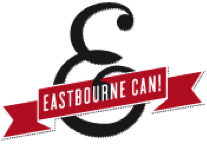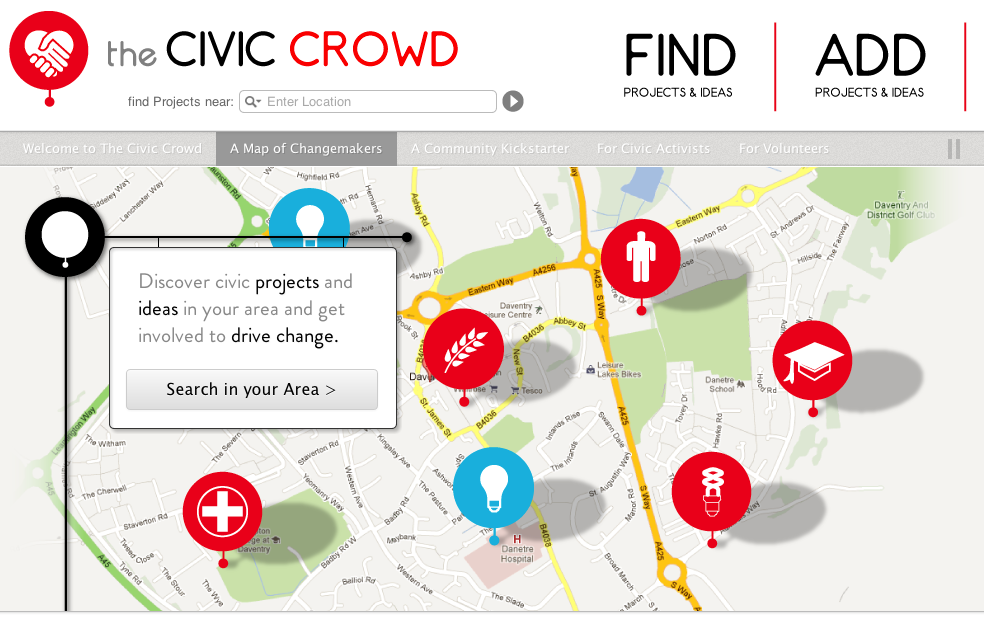From Metropolis to Village – The Polycentric Coastal Community

Who will you meet?
Cities are innovating, companies are pivoting, and start-ups are growing. Like you, every urban practitioner has a remarkable story of insight and challenge from the past year.
Meet these peers and discuss the future of cities in the new Meeting of the Minds Executive Cohort Program. Replace boring virtual summits with facilitated, online, small-group discussions where you can make real connections with extraordinary, like-minded people.
Whilst the global debate about urbanisation is dominated by density, living in the U.K., I am increasingly finding this – if it ever was valid – a sub-optimal lens to be viewing the changing nature of our networked society. To premise this assertion, I fully acknowledge that London is the dominant force in the U.K. economy, and the magnet for economic activity for all corners of this country, accounting for 21.9% of the economy. But this masks wider trends: regionalisation, changing patterns of community participation, and the ability for individuals to make empowered decisions about work, learning and living on a distributed basis. This is resulting in a much richer dialogue between the city, suburbs, and rural communities.
Where I live on the south coast of the UK, I see the paradoxes for UK seaside towns. The attractive and healthy lifestyle stands in contrast to economic challenges such as youth unemployment, a limited local economy, accessibility to leading education modes, along with the pull from the global metropolis that is London. The history of regeneration in regional towns and cities is strewn with failures, as reflected by Nick Ewbank in an exploration of the role of technology for regeneration and education. Many of the communities in my local proximity, from Brighton to Hastings, are addressing these conflicts with innovative approaches to linking up the latent potential of the local community, and to connect with national and global markets.
A group of RSA Fellows are working with a number of schools across the coast to connect students’ latent entrepreneurial ambitions, with experienced local business mentors from the RSA Fellowship network. The RSA Vital Few initiative is seeking to make connections within the community and be a catalyst to boosting the local economy, whilst inspiring a new generation of entrepreneurs.
 In Eastbourne, an enthusiastic community initiative, EastbourneCan, is developing a number of initiatives that are bringing the town’s people together to develop responses to some of the critical challenges for the town. Empty shops are being ‘spruced-up’, a community led design completion for a seaside landmark was developed, promoting participation in community events, and connecting up digital businesses locally and across the region, with business membership groups like Wired Sussex.
In Eastbourne, an enthusiastic community initiative, EastbourneCan, is developing a number of initiatives that are bringing the town’s people together to develop responses to some of the critical challenges for the town. Empty shops are being ‘spruced-up’, a community led design completion for a seaside landmark was developed, promoting participation in community events, and connecting up digital businesses locally and across the region, with business membership groups like Wired Sussex.
This group is now connecting with a local entrepreneur who has set up a co-working space www.cohub.co.uk, bringing together people from the town looking for a collaborative, shared space to work, in a social way, and as an alternative to the established work from home culture. It is building from the great examples we are seeing in large cities, The Skiff in Brighton; The Hub in over 30 cities globally; The Trampery in London; and the initiatives across dense metropolitan regions like the Smart Work network in the Randstad region of the Netherlands.
Across the coast, in Hastings, the Hastings Trust, a local charity has been developing the involvement of the community, and the business case, to create a Community Hub, and at the same time to regenerate a landmark building in the town.
Taking a wider digital platform approach to community participation is rapidly emerging. Crowdsourcing community participation, with initiatives like Brickstarter, and The Civic Crowd, are concerned with finding an effective interface between municipal government and active citizens.
This is a logical path to pursue, in addressing the need for a scalable, efficient community engagement platform, and a methodological approach to move beyond a founder’s vision, and energy to foster on-going community participation.
Further along the south coast in Cornwall, the Shaped.by.us community is taking this forward. It resulted from the Dott Cornwall initiative which brought together the local community and leading designers to address social challenges.
Aiming to develop the platform and discourse to link up these local ventures into global interconnected local communities is the ambition of the Connected Village Foundation, with networked community initiatives in the Netherlands, Spain, Italy and an expanding global network.
All of these initiatives are tapping into a trend being seen in small and large communities across the world. Technology is enabling us to develop new careers and access global markets, but is sometimes detaching us from our local communities. Initiatives such as those highlighted here are examples of how social media can facilitate local interactions, and try to redress the balance. The net result is a tangible networked public sphere, a better sense of place, and engagement, to make attractive locations, which make the means of distributed, smart working and living, viable for all.
Discussion
Leave your comment below, or reply to others.
Please note that this comment section is for thoughtful, on-topic discussions. Admin approval is required for all comments. Your comment may be edited if it contains grammatical errors. Low effort, self-promotional, or impolite comments will be deleted.
Read more from MeetingoftheMinds.org
Spotlighting innovations in urban sustainability and connected technology
Middle-Mile Networks: The Middleman of Internet Connectivity
The development of public, open-access middle mile infrastructure can expand internet networks closer to unserved and underserved communities while offering equal opportunity for ISPs to link cost effectively to last mile infrastructure. This strategy would connect more Americans to high-speed internet while also driving down prices by increasing competition among local ISPs.
In addition to potentially helping narrow the digital divide, middle mile infrastructure would also provide backup options for networks if one connection pathway fails, and it would help support regional economic development by connecting businesses.
Wildfire Risk Reduction: Connecting the Dots
One of the most visceral manifestations of the combined problems of urbanization and climate change are the enormous wildfires that engulf areas of the American West. Fire behavior itself is now changing. Over 120 years of well-intentioned fire suppression have created huge reserves of fuel which, when combined with warmer temperatures and drought-dried landscapes, create unstoppable fires that spread with extreme speed, jump fire-breaks, level entire towns, take lives and destroy hundreds of thousands of acres, even in landscapes that are conditioned to employ fire as part of their reproductive cycle.
ARISE-US recently held a very successful symposium, “Wildfire Risk Reduction – Connecting the Dots” for wildfire stakeholders – insurers, US Forest Service, engineers, fire awareness NGOs and others – to discuss the issues and their possible solutions. This article sets out some of the major points to emerge.
Innovating Our Way Out of Crisis
Whether deep freezes in Texas, wildfires in California, hurricanes along the Gulf Coast, or any other calamity, our innovations today will build the reliable, resilient, equitable, and prosperous grid tomorrow. Innovation, in short, combines the dream of what’s possible with the pragmatism of what’s practical. That’s the big-idea, hard-reality approach that helped transform Texas into the world’s energy powerhouse — from oil and gas to zero-emissions wind, sun, and, soon, geothermal.
It’s time to make the production and consumption of energy faster, smarter, cleaner, more resilient, and more efficient. Business leaders, political leaders, the energy sector, and savvy citizens have the power to put investment and practices in place that support a robust energy innovation ecosystem. So, saddle up.







0 Comments